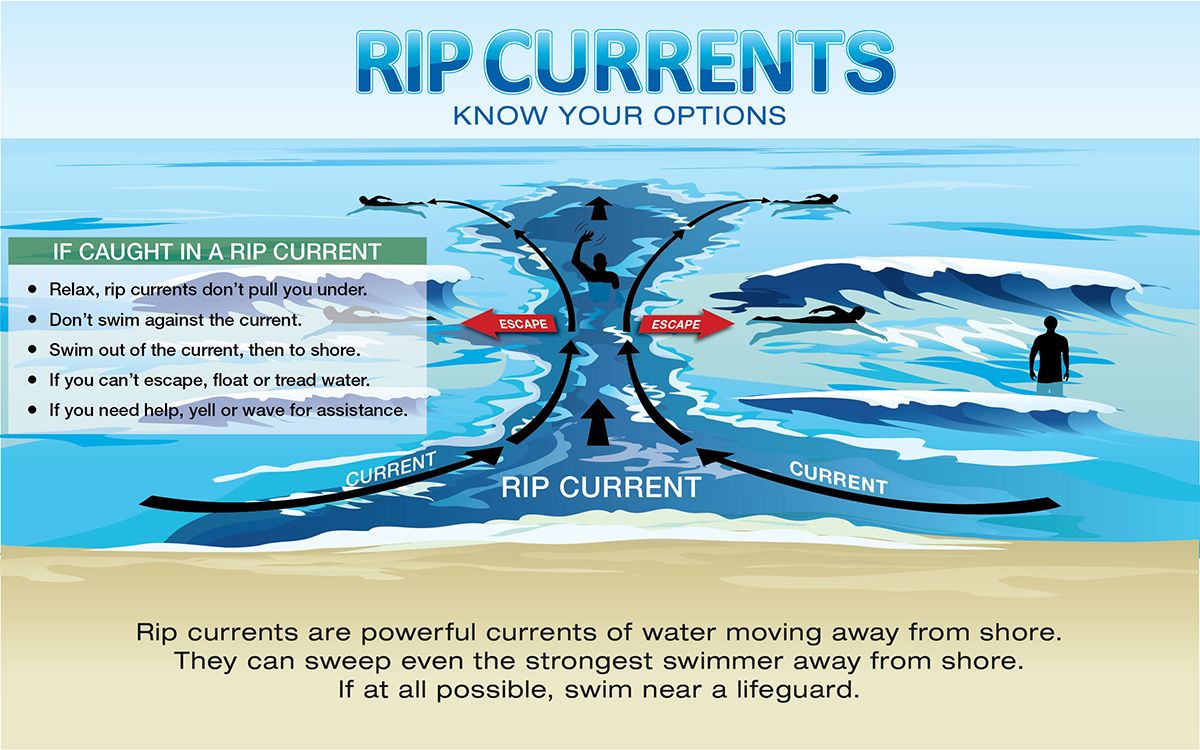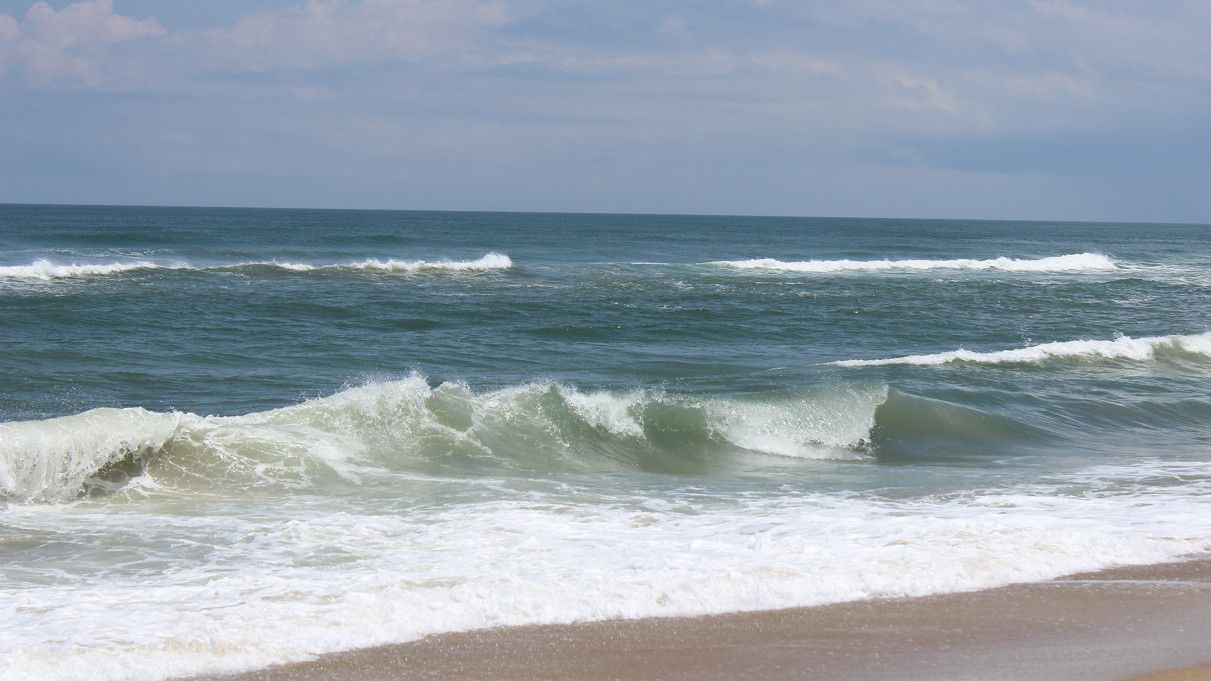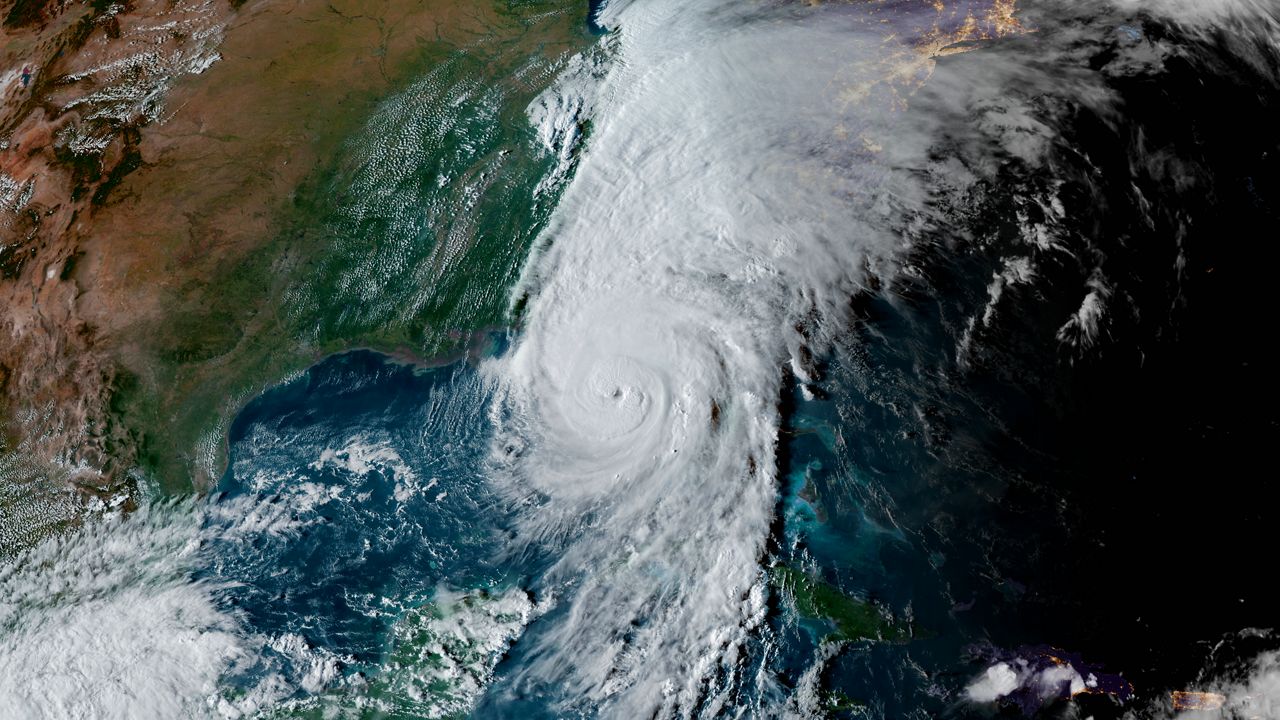NORTH CAROLINA — When you think of a tropical storm or hurricane dangers, you think of things like high winds, heavy rain, and storm surge. One risk you may not think of is the danger caused by rip currents.
A storm can be hundreds of miles off the coast but still produce dangerous rip currents
The threat for rip currents increases even more as a tropical system approaches the coast
Even if it's sunny out, rip currents are still possible
The danger of rip currents not only occurs when a storm is near the coast. Storms also cause rip current threats when they are well off the coast.
A storm can be hundreds of miles off a coastline and still produce surf hazards like large swells and rip currents. The stronger the storm, the greater the potential impact from a distance.

A good example of this was Hurricane Bertha in July 2008.
Even though the storm was over 1,000 miles off the coast, in New Jersey, there were three rip current fatalities. At Maryland beaches, lifeguards performed 1,500 ocean rescues in the course of one week.
In 2009, there were no fatalities in the United States that directly occurred due to tropical systems. However, there were six indirect fatalities. All were related to large waves and rip currents caused by offshore tropical systems.
The threat of rip currents increase even more as a tropical system approaches the coast. That threat is greatest when the storm is one to two days from landfall.
The best advice is to stay out of the water if a tropical system is causing swells and rip currents.
You can find rip current forecasts for the North Carolina coast online. National Weather Service offices in coastal areas make a rip current forecast daily and update it as needed.
If you do go in the water and do get caught in a rip current, don't panic.
Try to swim parallel to the shoreline. This should take you out of the rip current. Another way to escape the rip current is to let it take you out and when the current weakens, swim back to shore or attract the attention of a lifeguard.

Remember, during the tropical season, skies might be sunny at the beach you're enjoying, but if there's a tropical system off the coast, there might be dangerous rip currents in the surf.
Always know the rip current risk for your local beach and stay aware while you're enjoying the water.
Our team of meteorologists dives deep into the science of weather and breaks down timely weather data and information. To view more weather and climate stories, check out our weather blogs section.






)


